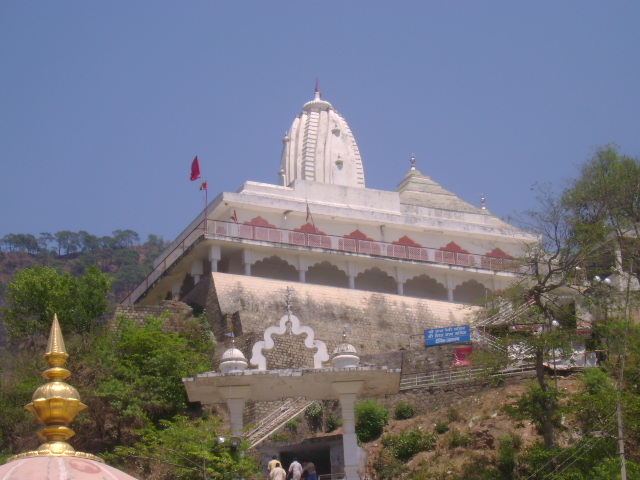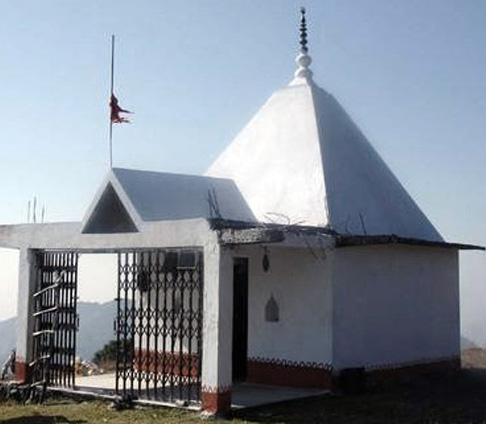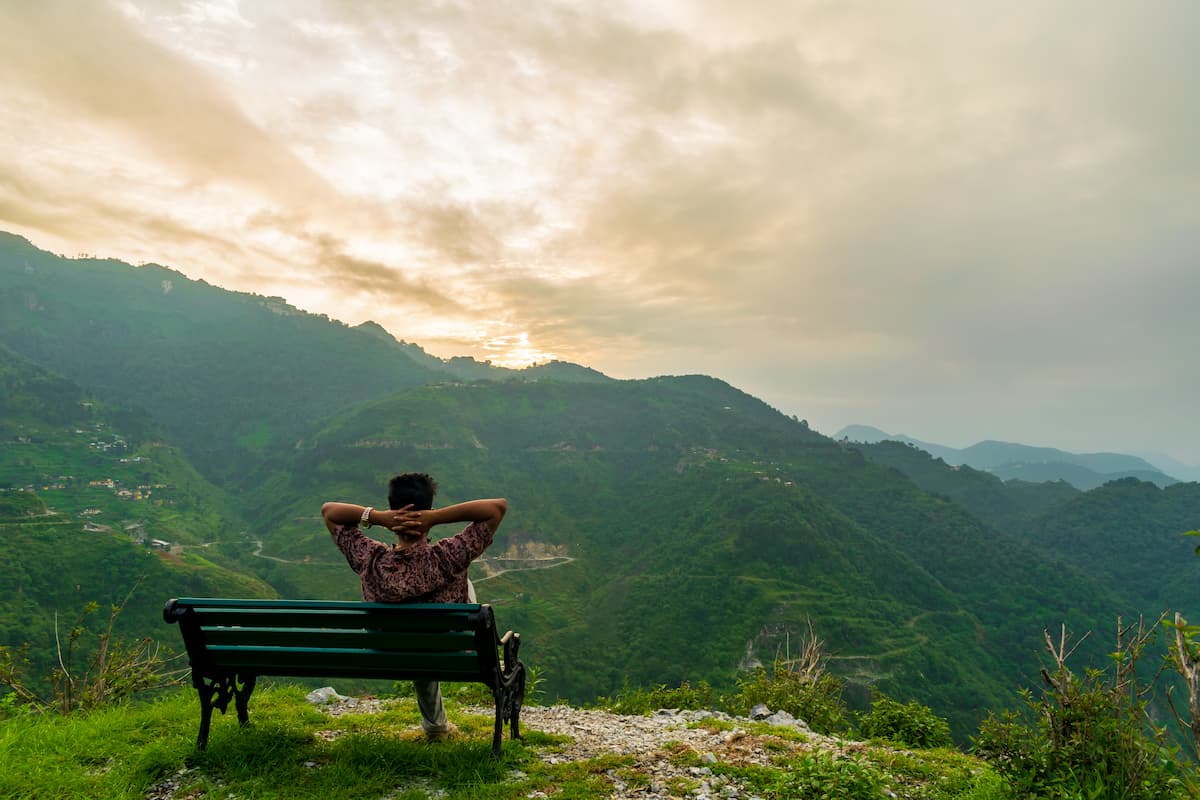Eternal Flames of Divinity – Jwala Devi Temple, Mussoorie
Navratri Delight – Fifteen Sterling Destinations. Abounding Divinity.
Close your eyes for a minute and try to visualize the bright radiant flame of a burning candle. Of course, it shouldn’t be too difficult. A flicker of light is an integral part of the daily life of many of us. In many Hindu households, it is common practice to light the lamp every evening. The altar of a deity is incomplete without it
At a few places however, the flame itself is worshipped as a deity. 34 km to the south of Kangra in Himachal Pradesh lies the Jwalamukhi temple. At the center of this temple is a pit. Flames are seen emanating from nine different points in this pit. These flames are worshipped as the physical manifestation of Goddess Jwala Devi or Jwalamukhi.

This photo, “Temple” @Flickr from Balaji.B made
available under a Share Alike-Attribution license.
The term Jwala means flame in Sanskrit and Jwalamukhi refers to the Goddess of Light. Jwalamukhi is considered to be another form of Sati. This temple is one of the 51 shaktipeeths present in India.
Meanwhile, perched at an altitude of 2100 meters on top of the Benog hills is another Jwala Devi temple – smaller than the original one near Kangra but definitely more elegant and enticing due to its location. It is situated at a distance of about 9 km to the west of Mussoorie. The temple is famous for granting the wishes of devotees who come here to seek the Devi’s blessings.

This photo, “Jwala Devi” @picasaweb from Navdeep Singh made
available under a Share Alike-Attribution license.
The hilltop offers a fabulous view of the whole of Mussoorie. The path to this temple straddles thick pine and deodar forests. There is a stone idol of Goddess Durga inside the shrine. Visitors can also enjoy a fascinating view of the Yamuna Valley on one side and Shivalik range on the other. Due to the breathtaking view from this spot, Jwala Devi temple has been a favorite destination for nature lovers and adventure enthusiasts too.
Legend goes that Sati was born when Gods concentrated their energy at a point on the ground to create a girl powerful enough to destroy even the fiercest of demons. Sati was brought up in the house of Prajapati Daksha and later got married to Lord Shiva. Once, Prajapati Daksha organized a yagna, for which he invited everyone except Lord Shiva. Angered and humiliated by this act of her father, Sati jumped into the sacrificial fire. After Shiva came to know about this, he started roaming about the universe in a state of madness with the burnt dead body of Sati on his shoulders.
In order to protect the universe from the wrath of Shiva, Lord Vishnu dismembered the body of Sati. The dismembered parts of her body fell at 51 different places in India. These places came to be known as Shaktipeeths or centers of power. It is believed that her tongue fell at the spot where the Jwalamukhi temple near Kangra is now situated.
Which it is hard to ascertain whether these stories are indeed true, it can be confidently said that the glory and popularity of this deity will continue to spread and light the flame of joy in the hearts of thousands of devotees – just like the eternal flame in Jwala mandir.
Do not forget to carry a pair of powerful binoculars with you when you visit the shrine atop the Benog hills. The feeling of being close to nature and closer to God arises once you reach this place.
Nearby Sterling Holidays resort: Mussoorie – Pine Hill
Distance from Pine Hill: 4 km, 5 mins
Closest city: Delhi – 278 kms


